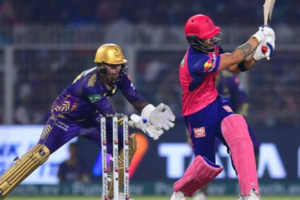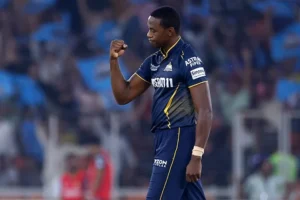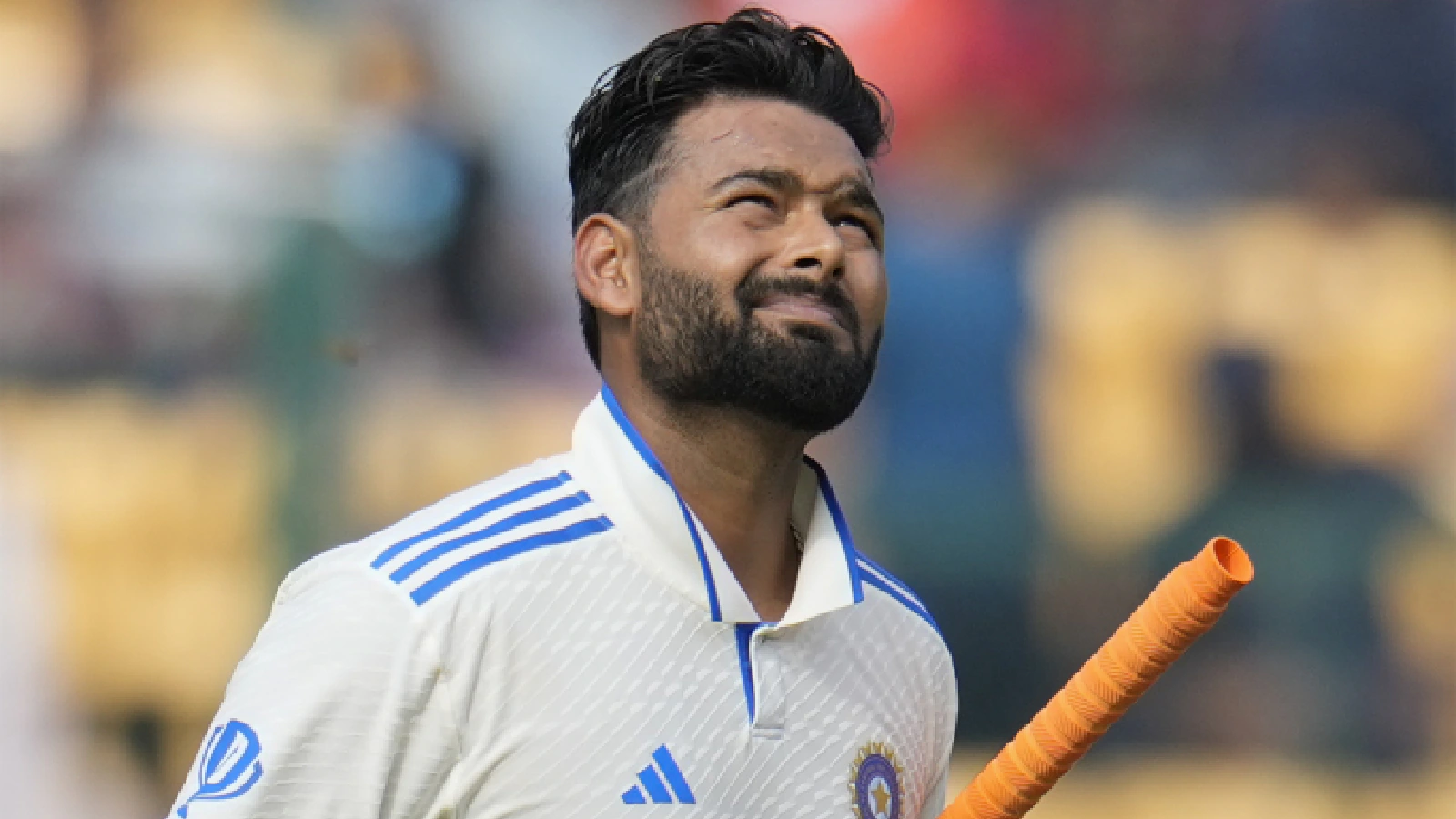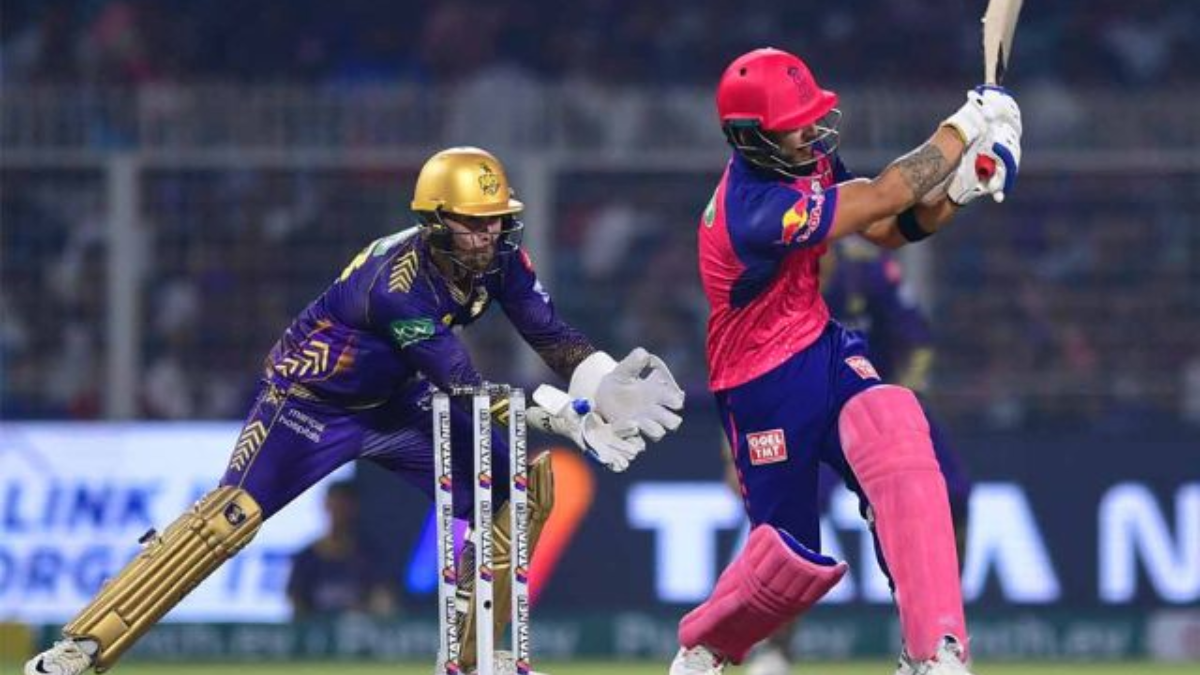The high-stakes IPL 2025 encounter between Lucknow Super Giants (LSG) and Chennai Super Kings (CSK) sparked widespread debate over captain Rishabh Pant’s late-match bowling strategy, particularly his decision to withhold Ravi Bishnoi’s final over during a tense chase. Bishnoi, who had been the most economical bowler in the middle overs, was left unused in the death—a decision that tilted the balance heavily in favor of Chennai.
Pant’s captaincy, hailed in previous matches for tactical nous, was put under the microscope as CSK chased down a stiff target in dramatic fashion. The choice to rely on Avesh Khan and Shardul Thakur in the critical final overs instead of the in-form leg-spinner left analysts and fans questioning the logic.
LSG Owner with Rishabh Pant after a tough loss. pic.twitter.com/s0DxHAmNgA
— Johns. (@CricCrazyJohns) April 14, 2025
Bishnoi’s Spell: Control, Wickets, and Pressure
Ravi Bishnoi’s spell stood out for its precision and discipline. Bowling three overs for just 18 runs and claiming two wickets, he applied relentless pressure during the middle phase. His tight lines and variations neutralized CSK’s middle-order momentum, making his final over seem like a potential match-winner in waiting.
Yet with the game on a knife’s edge and only one over left in his quota, Bishnoi was overlooked during the death overs. The strategic timeout at the 15-over mark—when MS Dhoni walked in and 56 were needed off 30—was the juncture where the decision was made. It proved to be the game’s pivotal moment.
The Dhoni Factor: Stats Don’t Lie
Spin vs Pace: The Tactical Misread
MS Dhoni, a name synonymous with end-overs destruction, came into this match with a surprising vulnerability—his struggle against spin this season. Until this game, Dhoni had scored just 34 runs off 34 balls against spin, with 15 dot balls and a strike rate that dipped well below his career average.
In contrast, he had plundered 70 runs off 37 balls against pace—a scoring rate that more than doubled his effectiveness against spin. Logic suggested bowling spin to Dhoni might suppress CSK’s momentum. Bishnoi, in particular, had the tools to exploit this.
Despite this, the LSG think-tank opted to bowl pace from both ends during the final phase. In doing so, they exposed themselves to Chennai’s preferred tempo. Dhoni made the most of the gift, lifting the run rate significantly and orchestrating yet another memorable chase.
Dube’s Struggle: An Opportunity Missed
At the other end was Shivam Dube, who had crawled to 17 off 20 balls at the 15-over mark. He had faced just two deliveries from Bishnoi—both outside his hitting arc, both yielding only singles. His timing was off, and his confidence seemed dented.
This presented a textbook opportunity to deploy Bishnoi. A well-placed over targeting a struggling left-hander and an out-of-form Dhoni against spin could have applied the chokehold. Yet LSG played conservatively, possibly fearing one over of aggressive spin-hitting that could turn the tide. Ironically, it was three overs of pace that sealed the match for CSK.
Pant’s Defense: Trust in the Team’s Decision
Speaking at the post-match presentation, Rishabh Pant didn’t shy away from the question. He revealed that the possibility of Bishnoi bowling another over had been discussed at length during the timeout, but ultimately, the team opted against it.
“There was a time when I thought about him bowling that over. We discussed it with a lot of players and just couldn’t let him bowl. We thought we were going to take it deeper, and that just didn’t happen for us today,” Pant said.
His remarks reflect a calculated decision rather than an oversight, but in hindsight, it was a move that left his leadership exposed in a high-pressure match.
Bishnoi Responds: Standing by the Skipper
Bishnoi, to his credit, maintained a united front. He avoided controversy and expressed full support for Pant’s decision, emphasizing the captain’s vantage point and on-field perspective.
“A captain can see better from behind the stumps… He probably wanted to execute something else. So according to me, he took the decision that felt better to him,” he said.
The leg-spinner’s diplomacy underscored his maturity but also highlighted a potential gap in the team’s tactical boldness during critical moments.
Captaincy in the Spotlight: Pant’s Leadership Under Scrutiny
Rishabh Pant’s leadership journey has had moments of brilliance, but this game may mark a turning point. The reluctance to back Bishnoi at the death, especially with data and momentum favoring spin, suggests a need for deeper analytical trust or stronger instinct.
Great captains are often defined by bold choices under pressure. Pant’s conservatism here may prove costly in the long run—not just in this game, but in how LSG recalibrates its leadership structure for the playoffs.
What This Match Tells Us About IPL 2025 Trends
- Spin is Still a Weapon in Death Overs
Teams must challenge the outdated notion that pace is mandatory at the death. Bowlers like Bishnoi, with variations and calm nerves, can play match-winning roles. - Data Must Inform Strategy, Not Just Intuition
Dhoni’s weaknesses against spin were statistically evident. LSG’s failure to act on that knowledge allowed CSK to escape. - Captaincy Requires Calculated Risk
Playing it safe in T20 cricket can be fatal. Pant may need to embrace more daring moves if LSG is to contend for the title.
Place your bets at JitaBet, JitaWin, and Jita88, they offer really good odds, play and win big!
Imagine the outrage if KL Rahul had played this knock.
— Rajiv (@Rajiv1841) April 14, 2025
But Rishabh Pant's PR will save him somehow despite knowing this is one of the worse T2O knock in history of cricket!! pic.twitter.com/csu7Ki68qO
Conclusion
This LSG vs CSK fixture will be remembered not just for another Dhoni special, but for a pivotal strategic decision that flipped the script. The choice not to bowl Ravi Bishnoi at the death overs encapsulates the fine margins that define the IPL.
As IPL 2025 intensifies, teams that combine boldness with analytics will thrive. For Pant and Lucknow, this match offers painful but crucial insights—ones they must learn from if they are to mount a serious challenge this season.


























